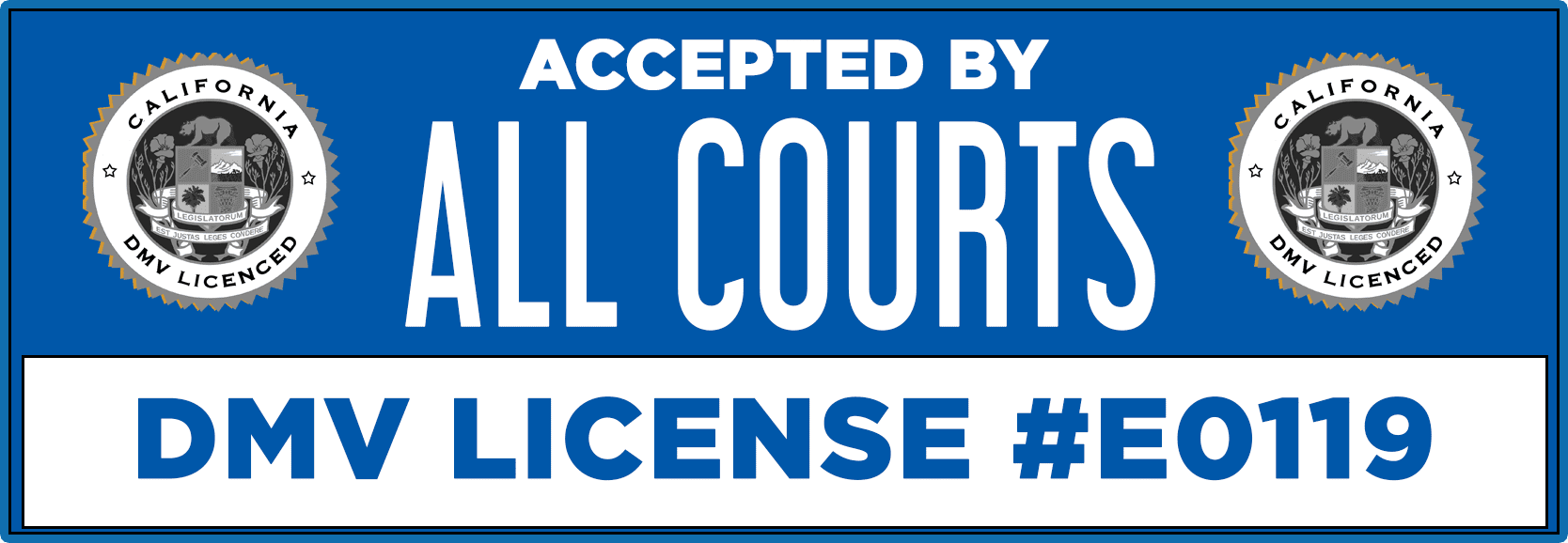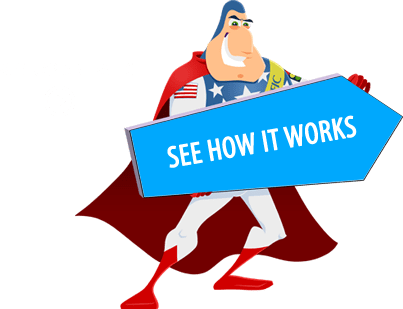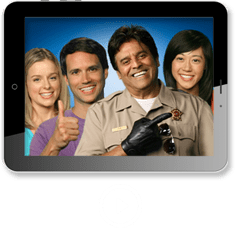How To Prevent A Car Crash
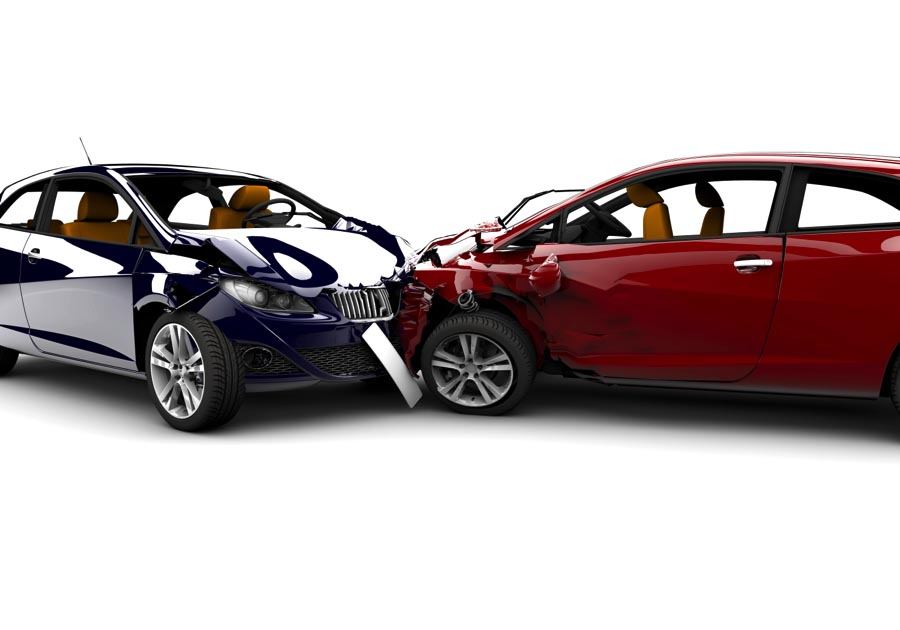
Head-on collisions are surprisingly rare; but when they do occur, they are almost always devastating. It is not uncommon for the drivers and passengers in both vehicles to be killed.
By following the outlined rules for safe passing, you will minimize your risk of a head-on collision; but if you are ever faced with that possibility, avoid direct impact. One option is to turn your vehicle to take the impact on one side/corner of the frame instead of straight ahead. If possible, drive off the road. Your chances of surviving an oblique impact, a side impact or even a rollover are better than if you take the impact head-on.
When you are driving and enter a roadway in the wrong direction, you might have made a mistake that could cause a horrific crash. Driving on the wrong side of the road is an especially hazardous top cause of car collisions because it often leads to fatal head-on automobile collisions, and the results can be deadly.
Common Wrong-Way Driving Scenarios That Cause Car Collisions
- Getting on the wrong freeway entrance ramp. This is the most common occurrence of wrong-way driving when a motorist drives in the opposite direction of oncoming traffic that is either entering or exiting the freeway.
- Turning on to one-way street in the wrong direction. This sort of collision occurs many times in urban areas because downtown streets and metropolitan roads tend to have traffic flow in one direction instead of two.
- Driving on the wrong side of the road or highway. After taking a wrong exit or getting your directions turned around, it is possible to find yourself going the wrong way.
PREVENTING COLLISIONS CAUSED BY WRONG WAY DRIVING In addition to a standard “ONE-WAY” sign, you will often see “DO NOT ENTER” (DNE) and “WRONG WAY” (WW) signs on roadways as an added alert for drivers. The problem is that most of these wrong-way driving car collisions occur during nighttime driving when visibility is low. While signs are designed to reflect the light from a car’s head lights, sometimes drivers do not see them when it is dark out.
As a result, the Department of Transportation is installing larger DNE and WW signs while also separating them for added effect with the idea being that the more chances for a driver to find out that he or she is wrong-way driving, the better.
There is also the added danger of avoiding a driver other than yourself who has made the mistake of wrong-way driving. If you see a car driving towards you in the wrong direction, flash your high beams to try to get their attention and pull over to the side of the road immediately. By clearing their pathway, you may be able to avoid a collision.
There are a lot of serious collisions that happen every year that are caused by improper turning, which can put a car directly in front of or into the path of an oncoming automobile. That is why the simple oversight of not looking before making a turn is one of the top causes of collisions and often leads to major personal injuries or traumatic deaths.
Examples of Improper Turns That Can Lead To Collisions
- Turning when there is a “No Turn on Red” sign at a red light.
- Turning at a stop sign or red light without coming to a complete stop or yielding to traffic or pedestrians.
- Making a left at a red light where doing so is prohibited.
- Turning without signaling, which is also called “Improper Turn Signal Use.”
- Turning without having the right-of-way.
Factors of Improper Turns That Cause Collision
Knowing about the terrain or topography where the collision occurred is important when determining the cause of a crash. Furthermore, having information that indicates if the responsible party was taking any type of medication or if they were driving drunk could show that their ability to safely operate an automobile was impaired.
In short, these indicators can help to determine if a collision was caused by improper turning, because the physical features of the road and the abilities of a driver are always called into question when a motorist makes a turn that should not have been made in the first place.
On the other hand, physical terrain and impairment are not always linked to the cause of improper turning. In order to get a driver’s license, all car drivers need to show an instructor from the Department of Motor Vehicles (DMV) that they know how to make a proper turn. This should be common knowledge to all licensed motorists, yet many drivers get lazy, relying on their outside mirrors without looking, or make poor decisions while rushing to make a turn.
No matter the cause, the outcome of improper turning is usually not good.
The reason that we have stop lights, turn signals, and lanes designated for moving either right or left as opposed to straight is because when drivers ignore the rules of the road, collisions are often the result. To prevent collisions, always look for signs and obey the proper right-of-way before you make a turn.
Tips to Avoid Collisions Caused By Improper Turns
- Turn in one single, smooth motion.
- Take your time and slow down. There is no need to rush, especially when making the actual turn.
- Do not let other automobile drivers intimidate you into making an unsafe turn by honking their horn or other actions. Only turn when you believe it is safe, not others.
- If it is illegal to make your intended turn at a particular spot, look to the road signs as indicators and follow them completely.
- Turn on your turn signal at least 100 feet from your intended turn.
Always look for oncoming traffic before turning. Never make a turn without checking to make sure that you have the right-of-way and that there are no other cars for a potential collision.
Respecting the right-of-way of others is not limited to situations such as yielding to pedestrians in crosswalks, or watching carefully to ensure the right-of-way of bicyclists and motorcyclists. Motorists must respect the right-of-way of others by not violating traffic laws, such as failing to stop at a stop sign or traffic light, speeding, making unsafe lane changes, or illegal turns. Statistics show that right-of-way violations cause a high percentage of injury collisions in California.
The concept of the right of way is important to understand since the law never really grants the right of way. The law simply states when the right of way must be yielded. Right of way can be used when the law permits its use by requiring that others yield the right of way to you. Failure to yield the right of way leads to collisions. There are some ways for you to reduce this probability when you are driving however. Here are some instances when the right of way must be yielded to others:
- At a yield sign;
- To pedestrians in a crosswalk;
- To persons using a seeing eye guide dog;
- To persons using a white cane with or without a red tip;
- At uncontrolled intersections where vehicles are already in the intersection;
- At “T” intersections where you must yield to vehicles on the through road;
- When turning left in which case you must yield to oncoming pedestrians, cars, etc.;
- When driving on an unpaved road that intersections with a paved road;
- When returning to the roadway after the car is parked.
The law gives the right of way to no one, but it does state who must yield (give up) the right of way. Every driver, motorcyclist, moped rider, bicyclist, and pedestrian must do everything possible to avoid a crash. When you yield the right of way to another vehicle, you are letting them go before you in the traffic situation. Few areas of traffic safety are more misunderstood than the “Yield to the Driver on the Right” rule. This is the rule that controls most intersections when drivers arrive at an intersection simultaneously.
The driver should never assume that other drivers will start or complete any maneuver and should never insist on the right of way nor attempt to force their way into traffic. Drivers should try to anticipate other driver’s actions as well as yielding whenever needed or required by law. Giving up the right of way to other drivers also helps to avoid collisions, as does gaining eye contact with all operators of motor vehicles that come directly into conflict with you. Drivers should attempt to be both courteous and conscientious toward other drivers.
Stop signs should never be ignored, but when they are, serious collisions are often the result. Each year, thousands of collisions occur because one driver ran a stop sign. Many rollover collisions and side-impact collisions result from drivers that run stop signs. You should always look both ways when proceeding through a stop sign.
Stop sign running is often caused by impatience. People that run stop signs are often in a hurry or just merely assume that no one is coming as they blow through an intersection. Even worse, some drivers run stop signs without even realizing it until it is too late. Often these distracted drivers or reckless drivers also make unsafe lane changes, run red lights and cause many other assorted horrors on the road. One way or another, collisions caused by drivers that ran a stop sign need to stop.
Law enforcement officials are trying to pull over as many drivers that run stop signs as they can, but there are only so many patrol officers to go around. Police officials believe that increased traffic on main roads is causing drivers to look for alternative routes on smaller roads. These roads, often not used to heavy traffic, tend to have more stop signs than populated areas. With less traffic, drivers will be more likely to run a stop sign — and also more likely to cause a collision.
- Always come to a complete stop at a stop sign.
- Count to three after stopping and check for cars in each direction (not just left and right, but also the street directly across from you).
While there will always be collisions, you should still do your best to avoid causing one. If you take extra precaution and follow the rules of the road, you are one step closer to making it home safely. Please do not let one stop sign and impatience keep you from coming to a complete stop.
When one vehicle collides with another at the high speeds when running a red light, the effects can be catastrophic. As you approach a traffic signal, red means stop and not doing so usually leads to collisions. Drivers that violate stop signals, run the risk of causing wrongful death because they often cause side-impact collisions at high speeds. To avoid a collision, look both ways for oncoming cars as you approach a green light.
Many Drivers Rush Through Red Lights and Cause Collisions As our country’s population grows, more and more red lights have been appearing at intersections. Red lights help ease the traffic flows that can sometimes get bogged down by four-way stop signs and blinking lights.
Unfortunately, red lights do not ease traffic jams enough for those drivers that are in too much of a hurry. When drivers rush and speed up as they approach a yellow light, which cautions drivers to slow down to a stop, often times people speed through an intersection well after the light has turned red. The leading excuse cited by people that run a red light is “being in a hurry”. This concept, that someone’s time is more important than other drivers’ safety, has led to a high number of collisions and make violating a stop signal another common cause of collisions.
Another group of red light runners are the inattentive or distracted drivers, who were not paying attention to the road. Driver distractions are an even larger problem that is not merely limited to running red lights.
When you enroll in a traffic school program, you will learn about the topics mentioned above and more. A motor vehicle can be a safe mode of transportation, or it can be a very dangerous weapon. If you want to learn how to increase the chances of making it to your destination in one piece, complete our traffic school online today. The program is ComedyTrafficSchool.com. Take online traffic school the fun way with our award winning course. Our traffic school course is the perfect choice for anyone who recently received a traffic ticket; keep points masked from your driving record,, your auto insurance rates low and become a better, safer driver!
